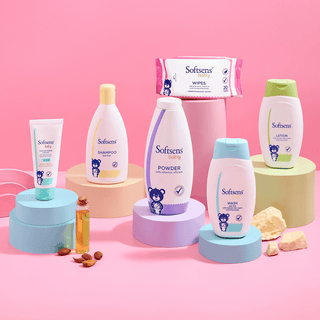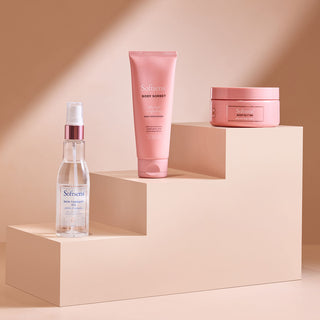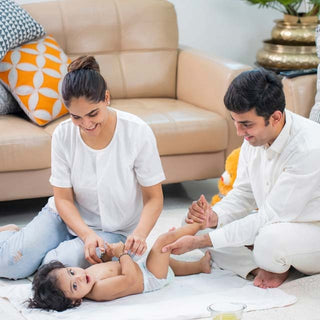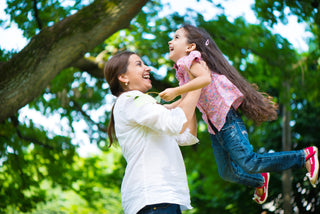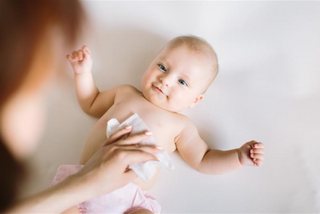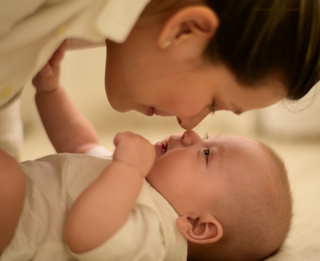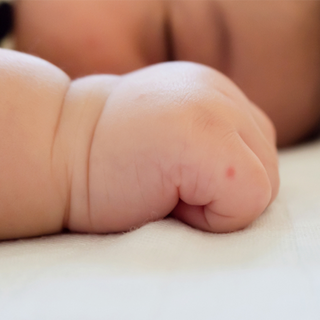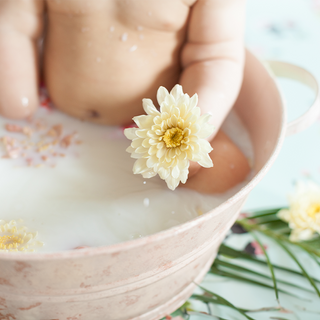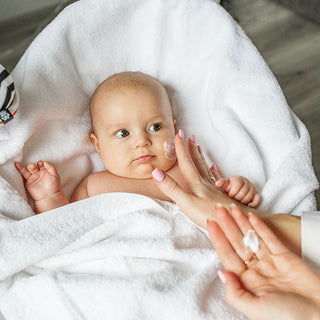
Newborn baby hair care is quite different from the way you would look after your own tresses. Why? Mainly because a newborn’s scalp and hair are extremely delicate and need to be handled more gently and carefully. Read on to find out everything you need to know about newborn baby hair care.
Here’s a quick glance at the topics we’ve covered in this article on baby hair care:
- Why do infants lose their baby hair?
- Hair Care Tips for Newborn Babies
- Do’s and Don’ts of baby scalp & hair care
Why do infants lose their baby hair?
While some babies are born with little to no hair, others arrive with a head full of hair. However, you’ll notice that your baby will shed most of his/her hair within the first six months. When this happens, don’t fret. It is entirely normal. There are a couple of reasons why your baby will lose most of their baby hair within the first six months. When your baby is in your womb, he/she receives hormones from the mother’s body, but this stops when baby is born, due to which there is a shift in baby’s hormonal levels, causing their hair to fall.
After the initial hair loss within the first six months, your baby’s hair will soon grow back. However, the hair that grows back might be quite different in texture and even colour when compared to the hair he/she had as a newborn. Your baby’s permanent hair will most likely start to appear when they are about six months of age. However, this differs from child to child. Your baby’s permanent hair can come in at any time between six months to two years of age. So, don’t worry if your baby’s hair isn’t as growing fast as you think it should.
Babies also develop a thin layer of hair called ‘lanugo’ all over their body while they are still in the mother’s womb. While most babies shed their ‘lanugo’ in the womb itself, some are also born with a thin layer of hair over their bodies. Your baby will also shed this hair within the first few months of their life.
How to Care for your Baby’s Hair & Scalp
Here are some important tips on how to care for your baby’s delicate hair and scalp, and keep it healthy and nourished.
- Wash baby’s hair only once or twice a week with a Hypoallergenic, Tear-free and Alkaline- free Baby Shampoo
Baby’s scalp does not get dirty very easily and hence does not need to be washed often. In fact, over-washing can dry out baby’s sensitive skin. Wash your baby’s hair only once or twice a week with a mild tear-free baby shampoo. Once they pass the 6-month mark, they might start moving around more and get a little messier. At this point, you can increase the frequency of hair washing, and shampoo baby’s hair as and when required.
Here are some tips to keep in mind while washing your baby’s hair:
- It’s essential to wash your baby’s scalp, whether or not your little one has any hair on the head.
- When washing your baby’s scalp & hair, make sure you gently support their neck & head by placing your hand firmly behind baby’s head.
- First use a tiny mug to wet baby’s hair with lukewarm water.
- Then pour some shampoo into the palm of your hand and gently massage the shampoo into baby’s scalp.
- Rinse it off gently by pouring water on to the scalp, while making sure it doesn’t get into baby’s eyes.
- If your baby is not fond of taking a hair wash, the best way to wash your baby’s hair is to pour a little shampoo over a wet washcloth and massage your baby’s scalp with it. You can then use another wet washcloth to gentle rinse off the shampoo instead of using a mug of water.
- Always dry your baby’s hair by gently patting it with a towel and not rubbing it vigorously.
Baby’s skin is extremely sensitive and it’s very important to use mild baby products that are formulated especially for your baby’s gentle scalp. Tear-free shampoos leave out certain surfactants that cause irritation to the baby’s eyes and scalp. Look for a newborn baby shampoo which is safe, hypoallergenic and has a mild tear-free formulation. It is also important to choose an alkaline- free shampoo for babies because alkaline tends to be harsher on baby’s delicate scalp and tresses. Softsens Tear-free Baby Shampoo is 100% soap-free, alkali-free, hypoallergenic, tear-free and suitable for all skin types!

- Learn how to manage Cradle Cap
A lot of babies suffer from ‘cradle cap’, a condition where the scalp becomes dry, flaky and scaly. To treat this, continue with a hair wash twice a week. Gently massage your baby’s scalp daily with a soft baby brush or your fingers to promote circulation. Massaging the skin with a gentle baby hair oil such as Softsens Baby Natural Hair Oil also helps soften scaly skin, loosen dry flakes and reduce the effects of cradle cap. If you suspect your baby has cradle cap, it is best to first consult with your pediatrician. Click here to read our complete guide on How to Treat Cradle Cap in Babies.
- Use a gentle baby hair oil to massage your baby’s scalp regularly and promote circulation
Regularly massaging your baby’s scalp with a gentle baby hair oil is beneficial for so many reasons, right from moisturizing the scalp, to boosting baby’s hair growth, and more. Softsens Baby Natural Hair Oil is made from a trade-marked bio-nourish blend of 7 natural oils, to help nourish & moisturize baby’s delicate scalp, loosen dry flakes, reduce cradle cap effects, and even stimulate hair growth. Click here for everything you need to know about Oiling your Baby’s Hair.
- Avoid baby bald spots caused by friction
Since babies spend a lot of their time in a lying-down position, the friction between their head and the surface on which they are sleeping can cause a bald spot to develop in this area over time. Try and prevent a bald spot from forming on the back of your baby’s head by making sure baby isn’t always lying down on his/her back for long periods at a time. Give your baby supervised tummy time daily. Or try and change the position of their head by moving them over very slightly to their side. Ensure that someone is always present to supervise if baby is not sleeping on the back. Even if after all this, you do notice a bald spot on the back of your baby’s head, don’t worry. Over time, the hair will fill in.
- Be very gentle when taming & untangling baby’s hair
Always use a separate wide-toothed baby comb for your little one so as not to injure their delicate scalp. If your baby has curly locks that are hard to tame, gently comb after bath-time to untangle it easily. If your baby has short hair with tiny wisps that keep falling on the face, just trim those locks a little to keep them comfortable.
- Trim baby’s hair when you feel it’s necessary
While it’s absolutely okay to trim baby’s hair whenever you want, most parents hold off on this until absolutely necessary. When you do so, make sure that you use baby safe scissors or better yet, go to a hair salon that specializes in cutting baby’s hair.

In addition to these baby hair care tips, here are some basic do’s and don’ts you should follow while caring for your baby’s scalp and hair:
DO
- Be extremely gentle while combing or washing baby’s scalp and hair. The top of your baby’s head is a really sensitive area and at this stage, your baby’s skull is still developing. So be careful when caring for this area.
- Pick a mild, tear-free baby shampoo. The right care begins with the right baby shampoo. Choose one that is made without any parabens and harsh chemicals. It’s important that your baby’s shampoo is “Tear-free” so that it doesn’t sting or irritate your baby’s eyes at bath-time. Softsens Tear-free Baby Shampoo is an aqua-based shampoo that is enriched with castor oil to help promote healthy hair growth, and a special conditioning agent to keep hair soft and tangle-free.
- Use a wide-toothed comb to gently detangle hair while the hair is still wet.
- Massage baby’s scalp daily to loosen any dry skin and to promote circulation. Use a specially formulated baby hair oil like Softsens Natural Baby Hair Oil to gently massage your baby’s scalp before baby’s bath-time. This will help to gently remove dead skin cells and dry, flakey skin, leaving your baby’s scalp soft and smooth.
- Try and prevent a bald spot from forming on the back of your baby’s head by making sure baby isn’t always lying down on his/her back for a considerable amount of time.
- Protect baby’s delicate scalp from the sun by making them wear a light hat when outdoors. Don’t forget about protecting that delicate skin when you’re outdoors. Choose a light, wide-brimmed hat for this purpose.
DON’T
- Shampoo your baby’s hair more than once or twice a week.
- Be in a rush to give baby a haircut.
- Use a brush on wet hair. A wide-toothed comb is a far gentler option than a brush.
- Poke and prod at baby’s hair with hair clips, bobby pins and hair bands. Even if your baby has thicker, longer hair, it is still extremely delicate at this stage and too much fussing can cause hair damage. As cute as they may be, avoid hair accessories until baby is a little older.
- Use hair care products that are made for adults, however mild they may be. Adult hair care products will most likely contain ingredients that are too harsh for baby’s sensitive skin. Use only mild & gentle baby hair products that are especially formulated for your little ones.
How do you care for your baby’s scalp & hair? Leave your top baby haircare tips below.

